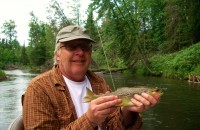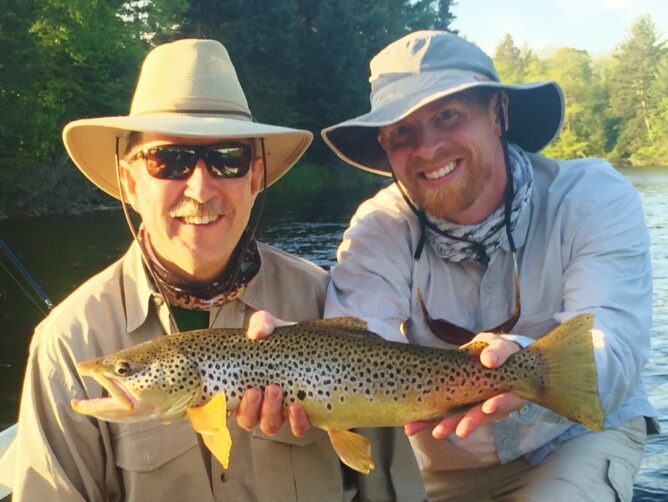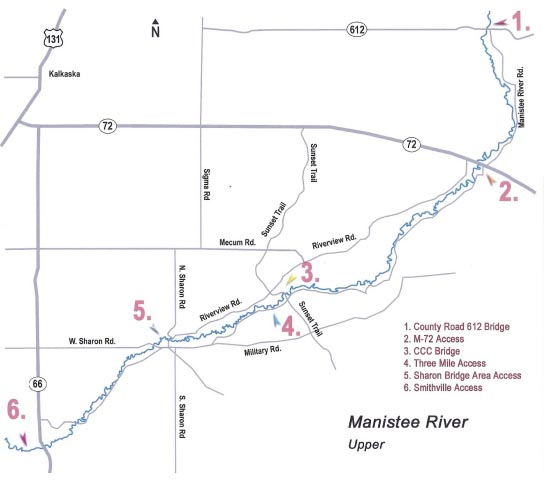Trout opener has come and gone and apparently most of the steelhead run has too.
Without any rain the past week or two, the water levels have really come down on the Manistee and Betsie Rivers as the water temps are around 50 degrees and have cleared up – not what you think of when you think Spring Steelhead. I would imagine any significant amount of rain we get over the next week or so would bring in the last of the fish from Lake Michigan, but until then look for fishing to be tough with more stale fish around rather than fresh ones. Green Caddis, Steelhead Buggers and small, natural egg patterns (sockeye, gold nugget, steelhead orange/O.C) have been the more productive patterns lately.
With the nice weather in the forecast the trout waters are warming up and dry fly/emergences are increasing, although they have been pretty light due to temperatures. Black stones and blue wing olives (BWOs) have been the most common flies but if you are headed to rivers like the Boardman, Upper Manistee, or AuSable – be sure to have some Hendricksons in your box as they could begin any day. Streamer fishing has been the go-to method for covering water but with the temps still a bit cool, look for slower retrieves to work better than the fast ones and often the fish are going to be in the bigger, deeper holes. Mix it up and see what works for you that day.
Good luck,
Ted
Trout Season – Streamer & Dry Fly fishing is ideal throughout May on the Upper Manistee & AuSable Rivers.
September Salmon – Dates are limited for fishing the Betsie River in early Sept. and later on the Manistee.
2015 Fishing – It isn’t too early to get your fishing trips planned for the year. Booking all species/seasons.

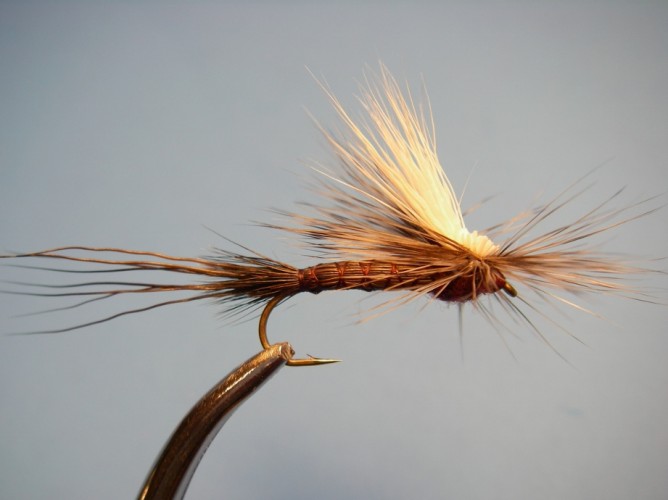
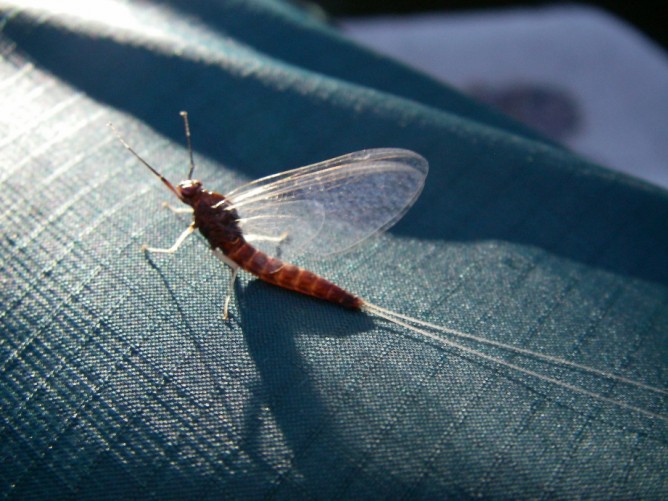
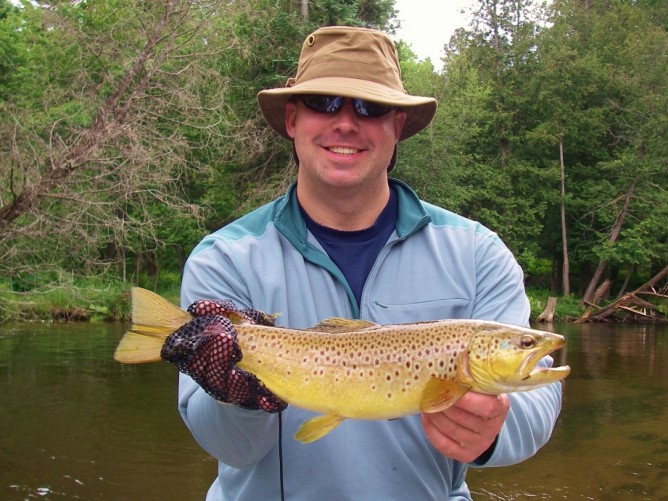
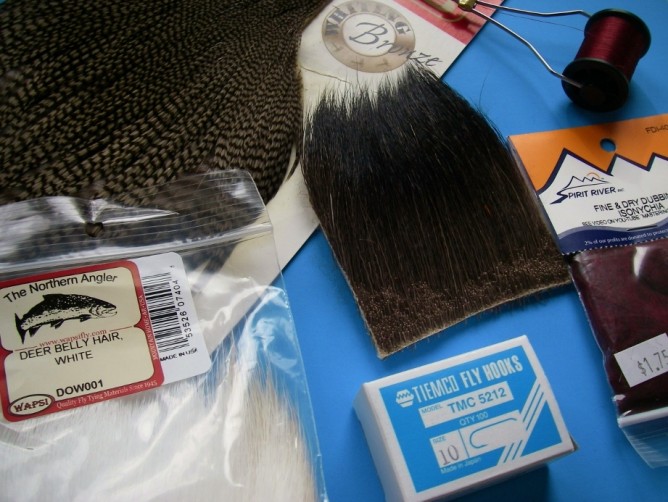
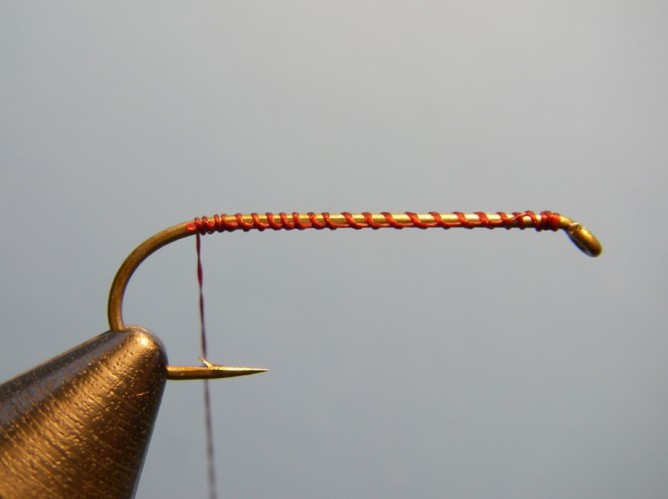
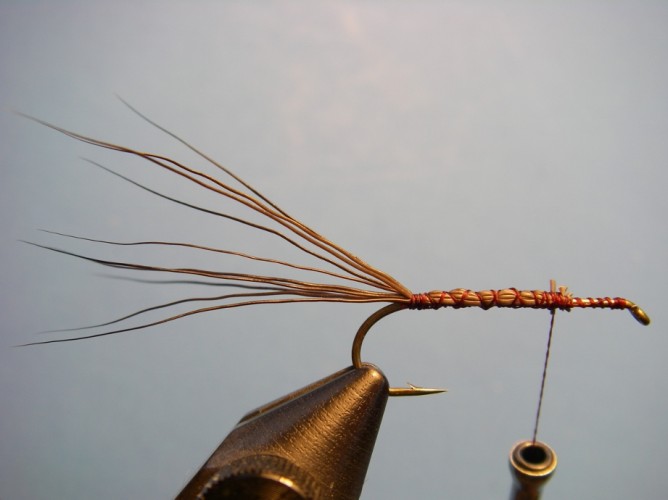
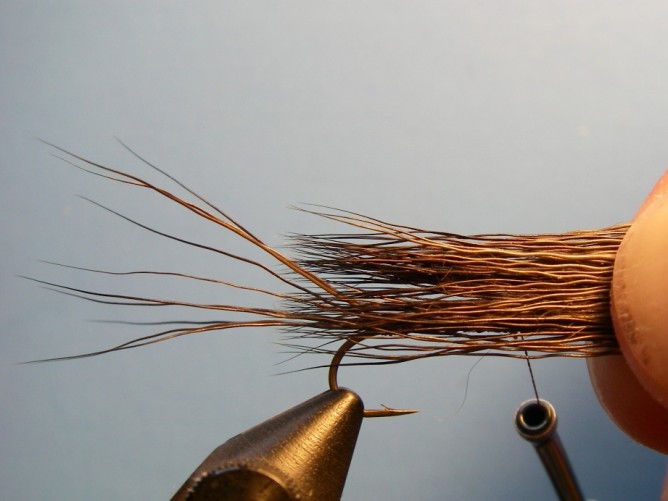
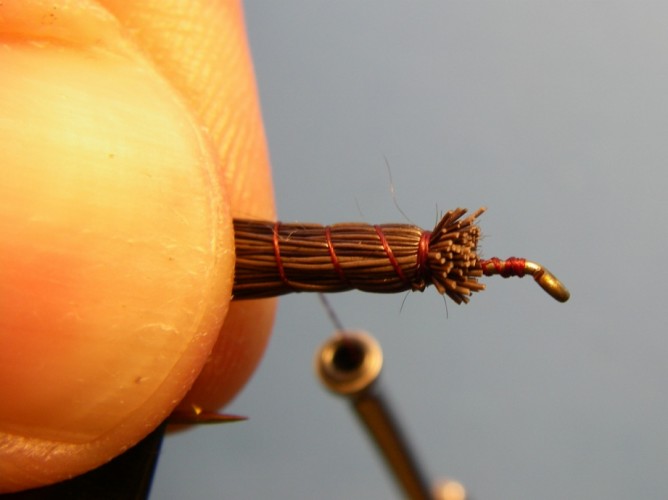
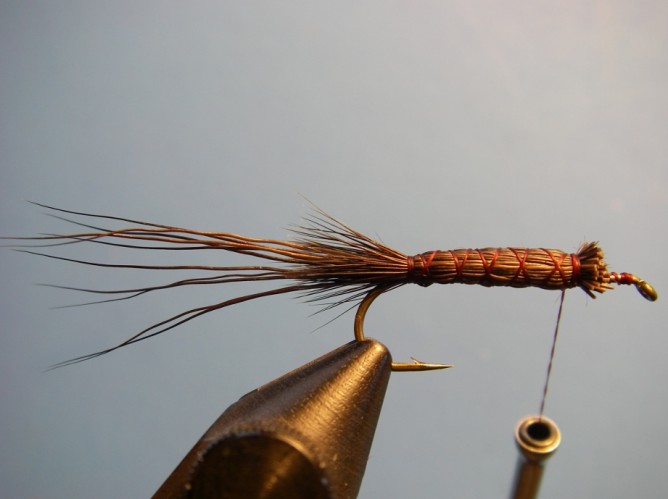
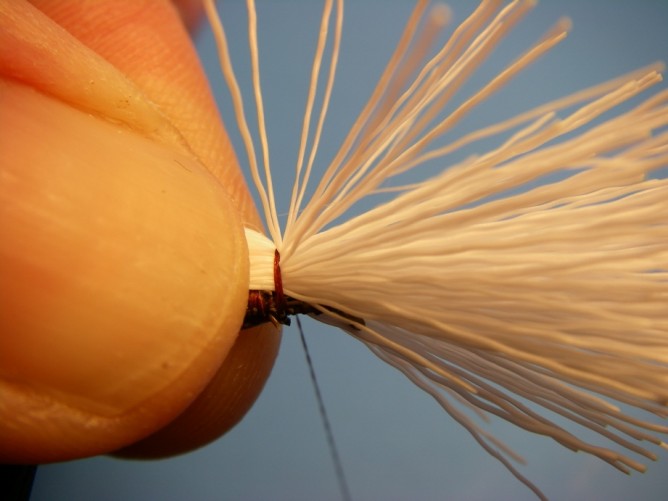
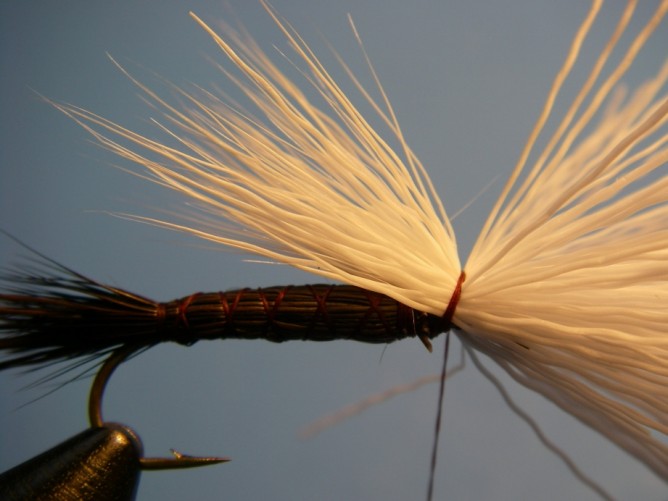
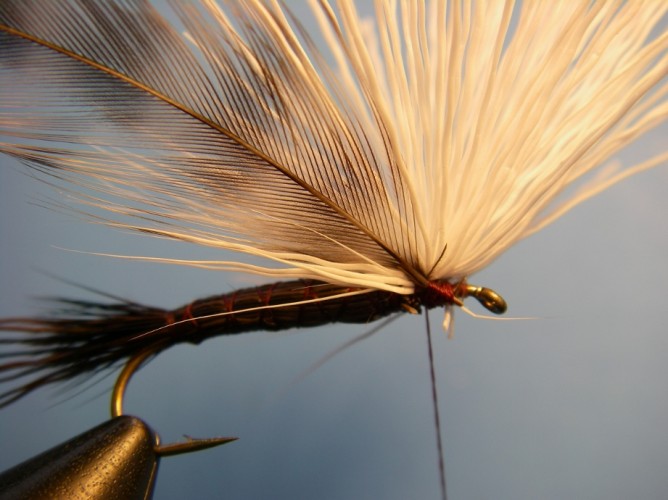
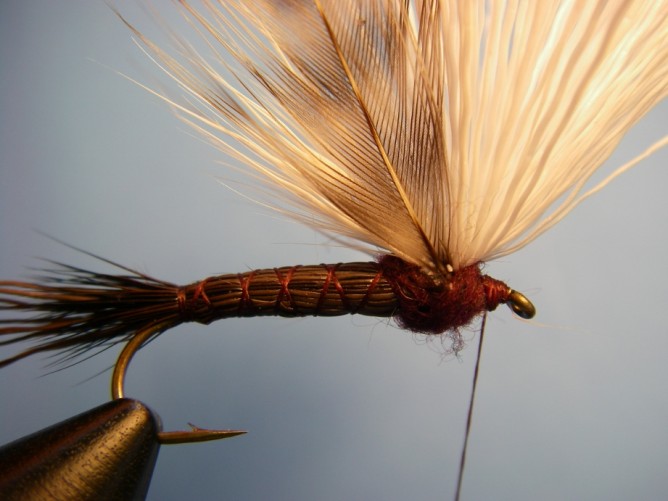
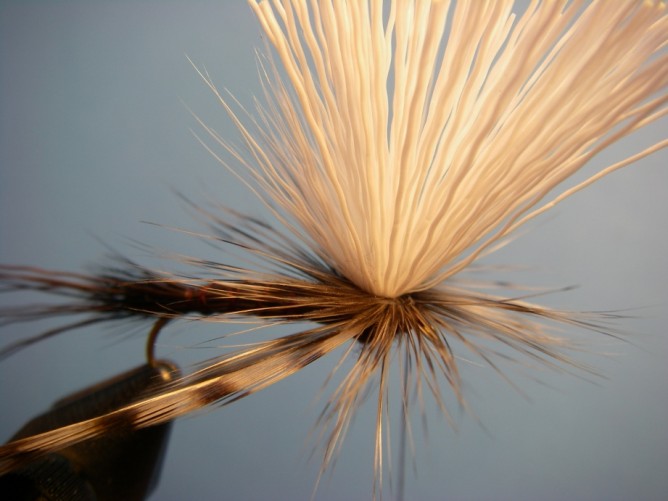
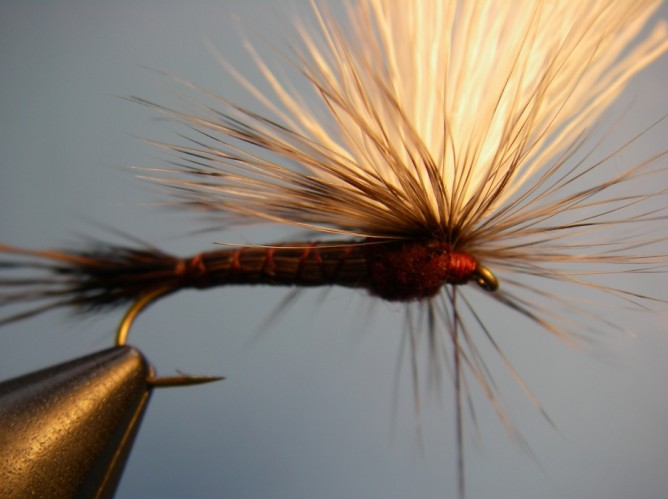
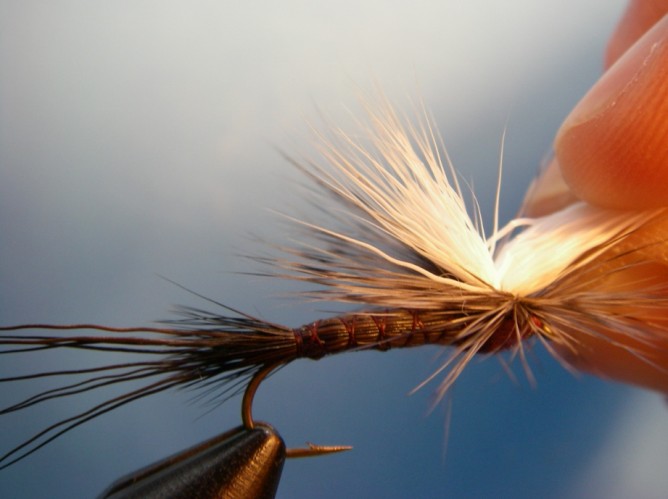
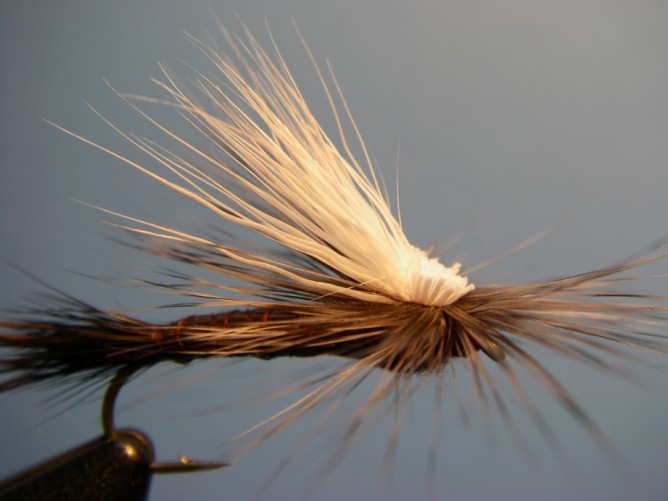
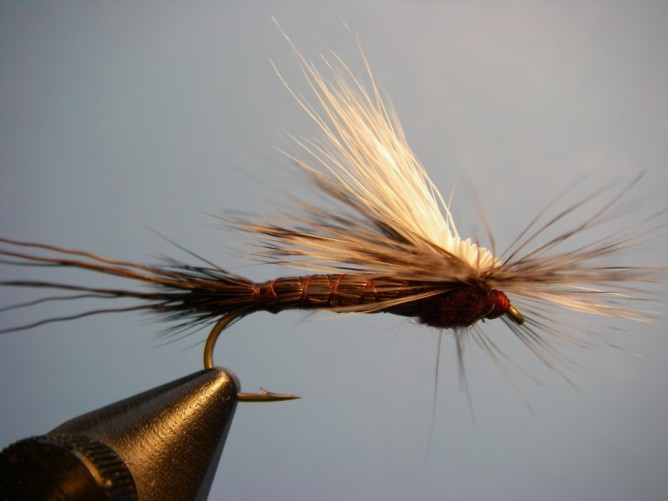
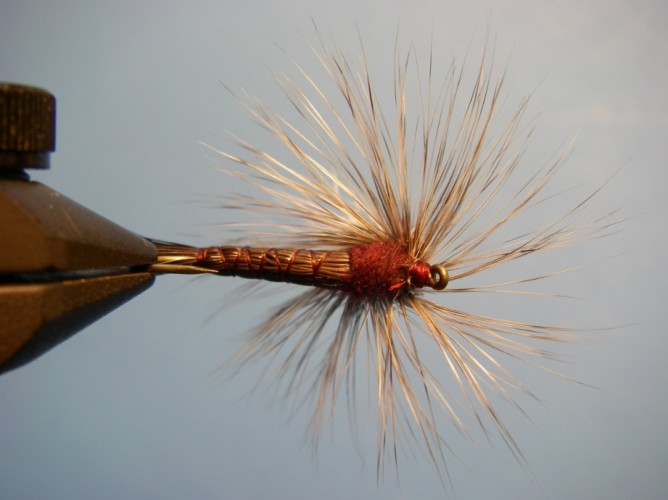
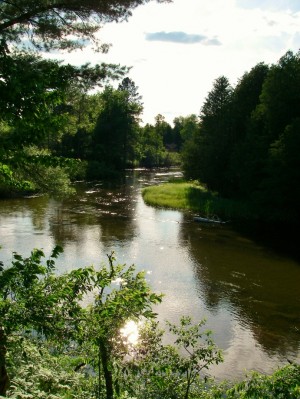
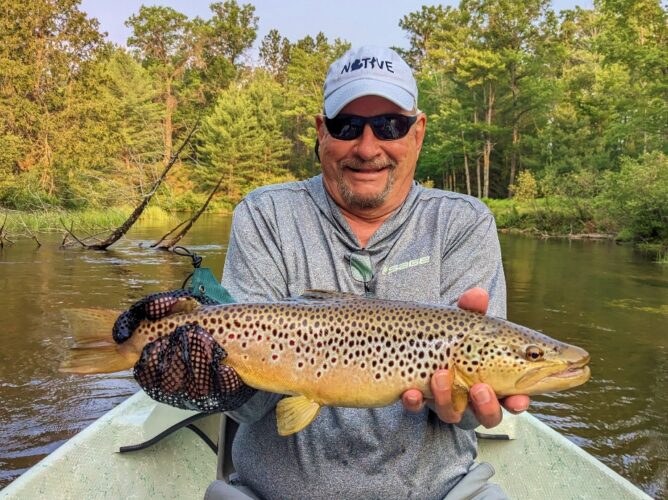
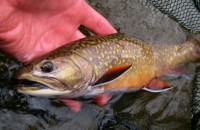
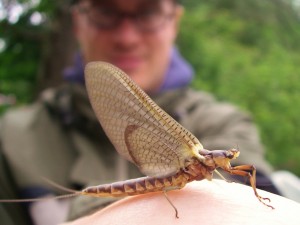
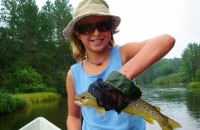 about: Brown Drakes, Isonycias, and The Hex. Into July and August the Manistee experiences Tricos, Olive Caddis, Light Cahills, and more Isonycias.
about: Brown Drakes, Isonycias, and The Hex. Into July and August the Manistee experiences Tricos, Olive Caddis, Light Cahills, and more Isonycias.